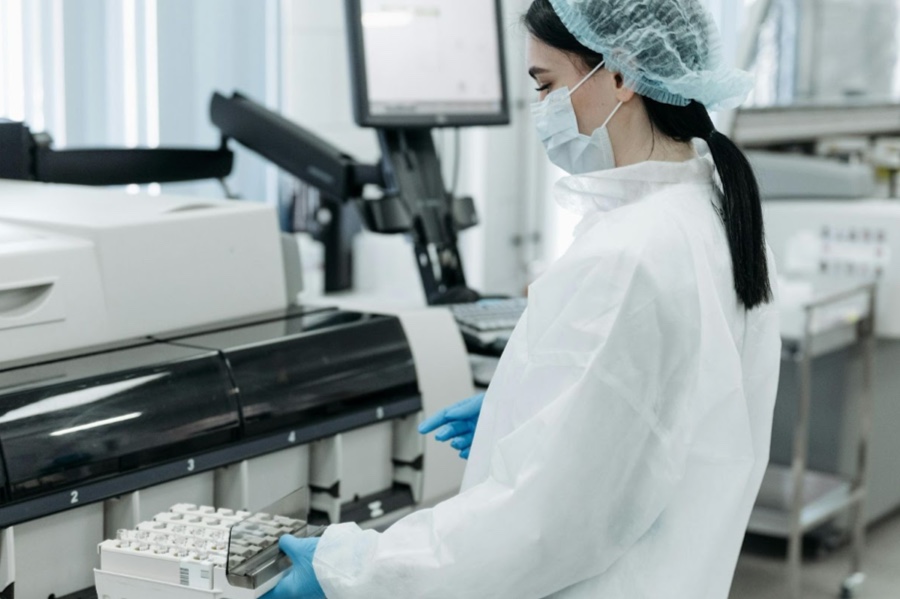Starting a biotech company is thrilling. You have a brilliant idea. Maybe it is a new antibody therapy. Perhaps it is a revolutionary vaccine. Your science is solid. But then you hit a big question. How will you actually produce this biologic? You need a factory. That factory is a living cell.
Choosing how to create that factory is a huge decision. It sets the stage for everything that comes next. Picking the wrong path can waste precious time and money. Getting it right accelerates your journey to the clinic. This choice is all about selecting the right cell line development platforms for your unique needs.
Know Your Molecule’s Demands
First, think about your product. What are you making? A simple monoclonal antibody has certain needs. A more complex fusion protein has different requirements. Some molecules are very difficult to express. Others might need specific modifications after they are made.
Your molecule dictates the type of cell you should use. CHO cells are the industry standard for many therapeutics. They are workhorses. But maybe your product needs human-like glycosylation. Then a human cell line like HEK293 could be a better fit. Understand your molecule inside and out. Let its characteristics guide your initial platform search.
Speed Versus Control: The Big Trade-Off
You must consider your timeline. Are you racing to get into clinical trials? Speed might be your top priority. Some modern cell line development platforms offer rapid turnaround. They use pre-engineered host cells or transposon-based systems. These methods can generate high-producing clones very quickly.
This is a massive advantage for startups. But sometimes speed means less control. You might sacrifice some fine-tuning over the final cell line. Other platforms are more methodical. They offer greater precision but take longer. You need to decide. Is getting there fast most important? Or is having absolute control over every detail your priority?
The Scalability Question
Think about the future. Your initial clones will grow in small flasks. One day, they must thrive in giant bioreactors. Your chosen platform must support this journey. The process needs to be scalable from the start. Ask tough questions. How easy is it to adapt the process to larger volumes? Does the platform include efficient single-cell cloning methods?
Clones that grow well in a dish sometimes fail in a big tank. You need a platform proven to scale. This avoids nasty surprises later. It saves you from repeating work. Always plan for success. Choose a path that grows with your ambitions.
Don’t Ignore the Intellectual Property
This is a critical area. Biotech runs on intellectual property. The cell line development platform you use likely involves patented technology. You cannot simply ignore this. Using a proprietary method requires a license. Some companies offer these licenses freely. Others have more restrictive terms.
You must understand the legal landscape. Factor licensing costs into your budget. Also, consider freedom to operate. Will using this platform create future problems for commercializing your drug? Consult a good IP lawyer early. Clear this hurdle before you commit.
Partnering Can Be a Power Move
You do not have to do everything yourself. Many startups lack a full internal team. Building a cell line development lab is expensive. It requires specialized skills. This is where a CDMO (Contract Development and Manufacturing Organization) becomes attractive. These partners have ready-to-use platforms. They have the expertise and equipment already in place.
Partnering with a CDMO can save immense capital. It definitely saves time. You leverage their experience. The downside is less hands-on control. You also share confidential information. Weigh the pros and cons carefully. A good partner can be a rocket booster for your startup.

The Bottom Line: Costs Talk
Finally, we talk about money. Your funding is not infinite. Every dollar counts. Different platforms have vastly different cost structures. Building an in-house capability requires major upfront investment. You need equipment, lab space, and highly paid scientists. The variable cost per cell line might be lower later.
Outsourcing to a CDMO has lower startup costs. You avoid buying expensive machines. But the fee per project can be significant. Create a detailed financial model. Compare the total cost of each option over the next two years. The most technologically advanced platform may not be financially sensible. Find the best balance for your bank account.
Making Your Final Choice
There is no single perfect answer. The right choice depends on your specific situation. Consider your molecule’s needs. Be honest about your need for speed. Plan for future growth. Navigate the IP minefield. Decide between in-house work and a trusted partner. And always, always respect your budget.
Weigh these factors together. Talk to potential platform providers. Ask them hard questions. The best decision will align your scientific goals with your business reality. This careful choice lays a strong foundation. It helps turn your brilliant idea into a real medicine for patients.